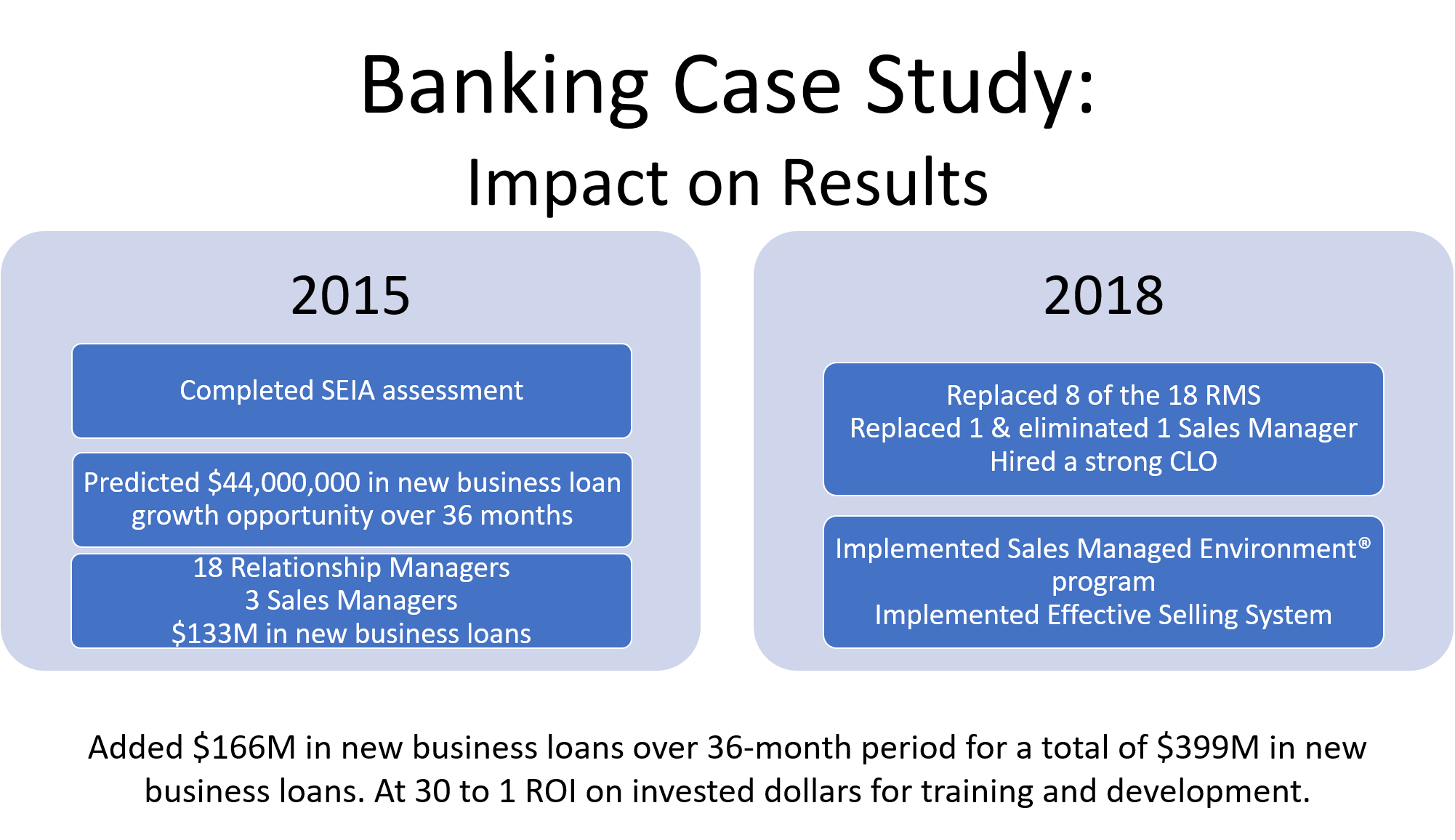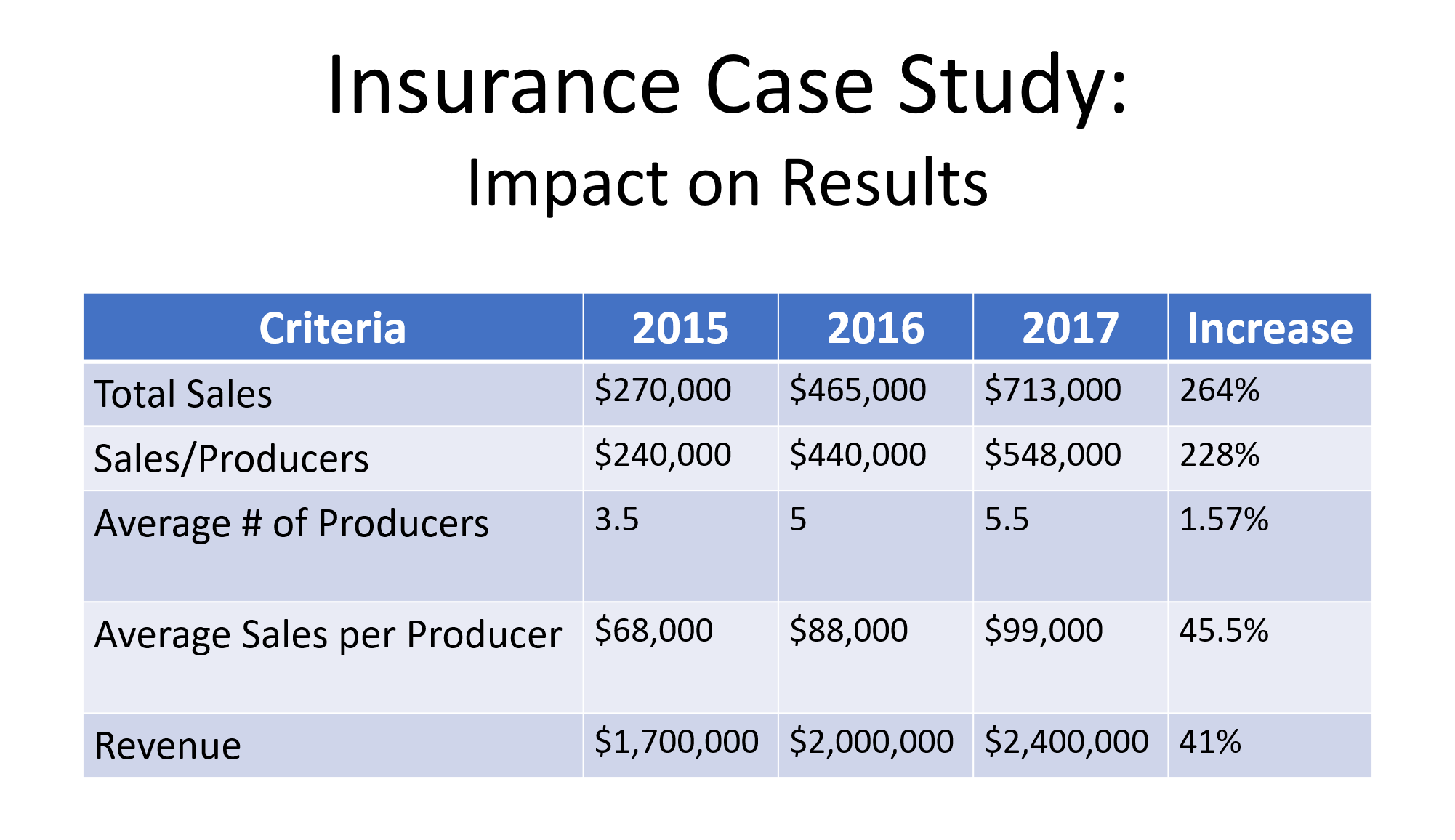If you and your organization don't have a data-driven sales approach and process, you could be missing out on some key information that would help increase sales success.

As I thought about this article, I figured it would only be fair to present separate information important to the three primary sales roles in a company. These include; the president, the VP of sales or leading sales manager, and the actual producer in the field responsible for generating sales revenue.
However, I encourage you to read all three sections as there is critical and useful information that will benefit you regardless of your role or responsibilities.
Presidential Data: Top-level data tells you the story of who is and who isn’t
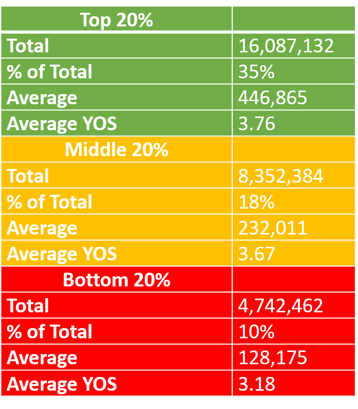 If you are the president of a company with a sales force of over 30 or so people, you should pay attention to the chart above which reflects 183 salespeople. The findings here will probably be pretty close to what you would find in your organization.
If you are the president of a company with a sales force of over 30 or so people, you should pay attention to the chart above which reflects 183 salespeople. The findings here will probably be pretty close to what you would find in your organization.
What stands out to you vs. what should stand out are two different things. What should stand out for you as a president are the following:
- The 80 / 20 rule isn’t applying here. Not even close. It’s not a good thing or a bad thing. But if I were you, I would check my team to see if we are hitting our numbers on the backs of a few. If so, that makes you vulnerable to a key loss by design or by default. It also makes you vulnerable to creating a “just enough is good enough” culture.
- The middle 20% is being outperformed by the top group 2 to 1. If you are president, you should be asking why that is the case. All of these people have been hired to do the same job, are all in similar markets, and are all paid the same. Most companies think it’s a longevity thing. It is not. Notice that the average Years of Service (YOS) are only marginally different.
- The bottom 20% is being slammed by a 3.39 to 1 margin on total and about the same for average production. So, what is going on there? Again, no major difference in YOS. Ask yourself what is that bottom 20% costing you in salary, benefits, lost opportunities, additional coaching and managing, and recruiting turnover?
Sales Manager Data: What does it take to be successful?
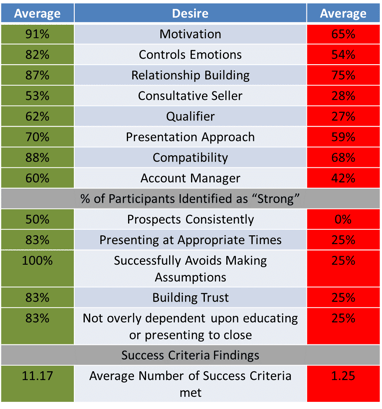 For the VPs of sales and sales managers, this tells you why there is a difference between your top performers and bottom performers. In this graphic, evaluated salespeople from all industries and over 25,000 companies are on the left, and the non-performers are on the right.
For the VPs of sales and sales managers, this tells you why there is a difference between your top performers and bottom performers. In this graphic, evaluated salespeople from all industries and over 25,000 companies are on the left, and the non-performers are on the right.
As you consider your training, coaching, and recruiting, how much time do you spend making sure that your salespeople have what it takes based on data vs. gut, instinct, or feel?
When you consider the training dollars spent on technique, approaches, pitches, and presentation skills, do you wonder why:
- Your people don’t change their behavior
- Skills don’t improve
- You constantly work on the same "choke points" in the sales process with the same people
- Prospecting is a never-ending problem
- The pipeline continues to be anemic or constipated
- New hires that cost you a fortune take too long to ramp up or fail out of the company
Salesperson Data: Target your top 36% average account
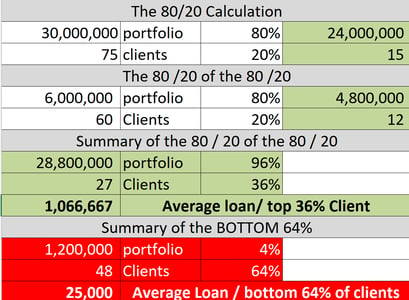
For years, salespeople have tried to figure out how to get to the next level of success. Certainly, it takes the Will to Sell, the Sales DNA, and the sales competencies identified in the Objective Management Group Sales Evaluation that has 92% predictive validity. But in addition to that, it requires that you have a business model that is built to help you sell more business, more quickly, at better margins.
The model represented here is not new. If you’ve read any sales books in your, career you have probably heard of the Pareto principle or the 80/20 rule. I’ve taken it one step further.
Focus on the cells in green and plug in your own numbers:
- This book of revenue represents 30,000,000 in loans. Yours could be premium, units, revenue, or renewals. It doesn’t matter. Take that number and multiply it by 80%.
- There are 75 clients in the portfolio and we’ve multiplied that number by 20% to get to 15.
- In short 15 clients represent 80% of the entire book of business.
- Go 1 step further and do the math again. You’ll find that 96% of the entire $30,000,000 is;
- Represented by 36% percent of the clients = 27
- The average loan represented by this group is 1,066,667
Here is what takes you over the top:
- Compare the average loan from the top 36% to the loan average of the bottom 64%.
- Who would you rather be selling to?
- Assume that your top 36% of clients know at least 5 other people like them
- Ask your top 36% of clients for an introduction.
- Assume you get 50% to say yes, half of those people qualify, and half of those that qualify do business with you.
- Using the numbers above, that would be 6 new clients at over $1,000,000 in loans.
The closing question is this: How many sales would you have to make from your bottom 64% of clients to equal one from your best client group? The answer: 40.
STOP selling those that look like your bottom 64%.
Don’t believe me? Look at these results from our clients who have implemented this process:
